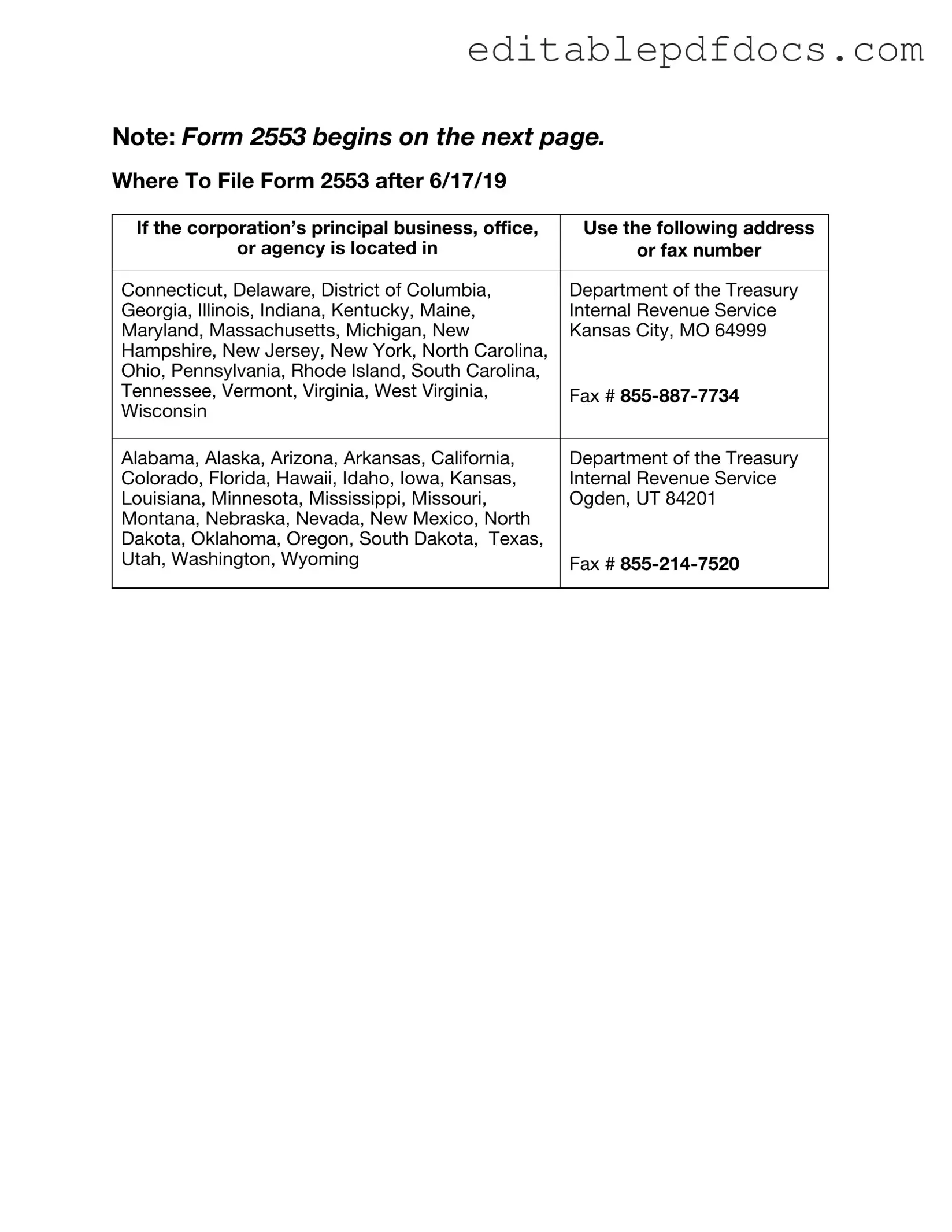Filing the IRS Form 2553 can be a crucial step for small business owners looking to elect S Corporation status. However, many individuals make common mistakes that can delay or even invalidate their election. Understanding these pitfalls can help ensure a smooth filing process.
One frequent mistake is not meeting the timely filing requirement. The IRS requires that Form 2553 be filed within 75 days of the beginning of the tax year for which the election is to take effect. Failing to submit the form on time can result in the loss of S Corporation status for that year, which can have significant tax implications.
Another common error involves incorrect or incomplete information. This includes misspelling names, providing the wrong Employer Identification Number (EIN), or failing to include all shareholders' signatures. Each piece of information is crucial for the IRS to process the form correctly. Double-checking all entries can help avoid unnecessary complications.
Some people overlook the requirement for all shareholders to consent to the S Corporation election. If even one shareholder does not sign the form, the election may be rejected. It’s essential to communicate with all shareholders to ensure everyone is on board and has provided their signature.
Additionally, individuals often fail to understand the eligibility requirements for S Corporations. For instance, certain entities, like corporations with non-resident alien shareholders or more than 100 shareholders, cannot elect S Corporation status. Misunderstanding these rules can lead to wasted time and effort.
Another mistake is neglecting to keep a copy of the submitted Form 2553. It is vital to retain a copy for your records. This documentation can be helpful if there are any questions or issues regarding your election in the future.
Lastly, some filers do not follow up with the IRS after submission. If there are any issues or if the election is not processed, it is important to contact the IRS to resolve the situation. Proactive communication can prevent misunderstandings and ensure that your business is recognized as an S Corporation.
